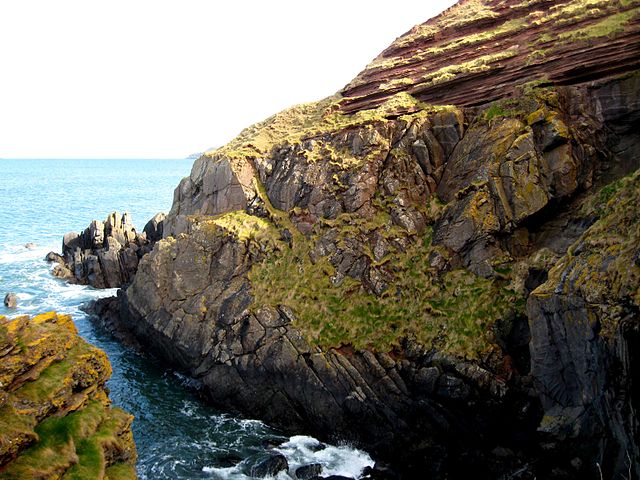In geology, catastrophism is the theory that the Earth has largely been shaped by sudden, short-lived, violent events, possibly worldwide in scope.
This contrasts with uniformitarianism, according to which slow incremental changes, such as erosion, brought about all the Earth's geological features. The proponents of uniformitarianism held that the present was "the key to the past", and that all geological processes throughout the past resembled those that can be observed today. Since the 19th-century disputes between catastrophists and uniformitarians, a more inclusive and integrated view of geologic events has developed, in which the scientific consensus accepts that some catastrophic events occurred in the geologic past, but regards these as explicable as extreme examples of natural processes which can occur.

The discoveries of different layers of fossils, such as those containing Palaeotherium and Anoplotherium (pictured), by Georges Cuvier led him to believe that series of catastrophic events wiped out worlds before the modern one.
Uniformitarianism, also known as the Doctrine of Uniformity or the Uniformitarian Principle, is the assumption that the same natural laws and processes that operate in our present-day scientific observations have always operated in the universe in the past and apply everywhere in the universe. It refers to invariance in the metaphysical principles underpinning science, such as the constancy of cause and effect throughout space-time, but has also been used to describe spatiotemporal invariance of physical laws. Though an unprovable postulate that cannot be verified using the scientific method, some consider that uniformitarianism should be a required first principle in scientific research. Other scientists disagree and consider that nature is not absolutely uniform, even though it does exhibit certain regularities.
Hutton's Unconformity at Jedburgh. Above: John Clerk of Eldin's 1787 illustration. Below: 2003 photograph.
Cliff at the east of Siccar Point in Berwickshire, showing the gently tilting red sandstone layers above vertically tilted greywacke rocks.
Charles Lyell at the British Association meeting in Glasgow 1840




